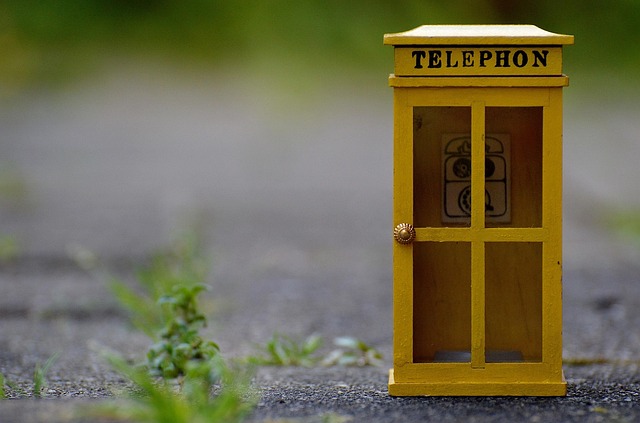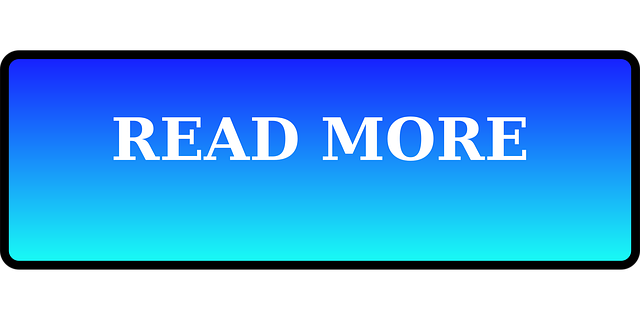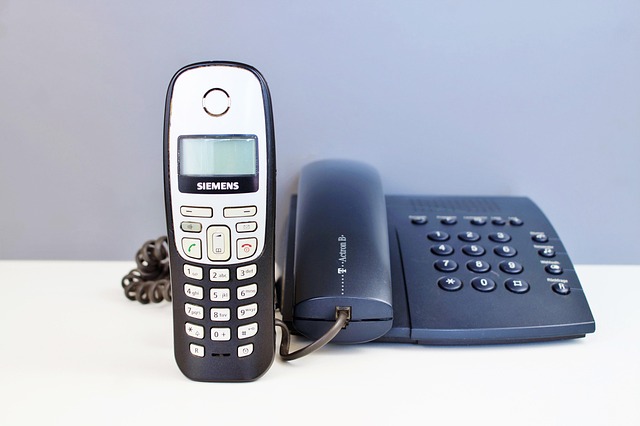Reminder calls, delivered via SMS, email, or phone, significantly reduce patient no-shows in healthcare settings. These automated systems enhance attendance rates by promoting accountability, streamlining operations, and optimizing resource allocation. High open rates of SMS, detailed information in emails, and easy rescheduling options all contribute to improved patient communication and satisfaction. Implementing comprehensive reminder systems, measured through KPIs like attendance and cancellation rates, allows healthcare providers to continuously improve their strategies, ensuring better patient care and efficient resource management.
Patient no-shows are a significant challenge in healthcare, impacting efficiency and resources. This article explores how technology-driven reminders through SMS, email, and calls can combat this issue, improving attendance rates and streamlining operations. We delve into the impact of no-shows, the effectiveness of digital reminders, and best practices for implementation. Discover why and how reminder systems are becoming essential tools in modern healthcare, enhancing patient engagement and clinical outcomes. Key focus: reminder calls medical.
- Understanding the Impact of Patient No-Shows
- The Rise of Technology-Driven Reminders
- Effective Communication Strategies for Medical Reminders
- Benefits of SMS, Email, and Call Reminders
- Implementing a Comprehensive Reminder System
- Measuring Success and Continuous Improvement
Understanding the Impact of Patient No-Shows

Patient no-shows pose a significant challenge to healthcare providers, leading to reduced resources and diminished patient care quality. No-shows disrupt medical facilities’ operations by wasting valuable time slots that could have been utilized by other patients. This issue is further compounded by the financial losses incurred due to unbillable services and the potential negative impact on patient trust. Understanding these implications highlights the importance of implementing effective strategies, such as reminder calls, to enhance medical attendance rates.
Reminder calls, when delivered via SMS or email, have proven to be powerful no-show prevention tools. They serve as a gentle nudge, reminding patients of their scheduled appointments and fostering a sense of accountability. By integrating reminder call services into healthcare practices, medical providers can significantly boost overall medical attendance, ensuring that patient consultations proceed as planned and resources are utilized efficiently.
The Rise of Technology-Driven Reminders

In today’s digital era, technology-driven reminders have emerged as powerful tools to revolutionize patient engagement and reduce no-shows in healthcare settings. The rise of reminder calls, emails, and SMS messages is a strategic move by medical institutions to improve attendance rates and optimize resources. With the increasing demand for efficient healthcare services, these digital interventions offer a convenient and effective solution.
Automation through clinic reminder systems plays a pivotal role in no-show prevention tools, ensuring patients receive timely notifications about their appointments. A simple yet effective reminder call service can significantly decrease last-minute cancellations, allowing medical professionals to better manage their schedules and serve more patients. This innovative approach not only streamlines operations but also fosters patient loyalty and satisfaction.
Effective Communication Strategies for Medical Reminders

Effective communication strategies for medical reminders are crucial to enhancing patient attendance and reducing no-shows. A well-crafted reminder call service should be personalized, providing patients with specific details about their upcoming appointments, including date, time, location, and purpose. This tailored approach increases the likelihood of patients remembering and prioritizing their health check-ups or procedures.
Incorporating clinic reminder automation ensures that these messages are sent out promptly, using a combination of SMS, email, or phone calls. No-show prevention tools can further optimize this process by allowing patients to easily confirm or reschedule appointments, fostering better communication and improving overall attendance rates.
Benefits of SMS, Email, and Call Reminders

Technology-driven reminders sent via SMS, email, and calls offer significant advantages for healthcare providers aiming to enhance patient attendance and reduce no-shows. These communication channels act as powerful reminder calls medical tools, ensuring patients are well-informed about their appointments. SMS, in particular, boasts high open rates, making it an effective way to reach patients quickly and directly. The ability to send reminders via email allows for more detailed information and the inclusion of important links or instructions, enhancing patient preparation.
Additionally, automated healthcare scheduling reminders through these channels can significantly boost medical attendance boost. By eliminating forgetfulness or scheduling conflicts, these reminders streamline the patient experience, fostering better adherence to appointments. This not only improves resource utilization but also contributes to more effective no-show prevention tools, ultimately benefiting both patients and healthcare providers.
Implementing a Comprehensive Reminder System

Implementing a comprehensive reminder system is a strategic move to significantly reduce patient no-shows and enhance medical attendance rates. This involves integrating technology to send automated reminders via SMS, email, or phone calls to patients before their scheduled appointments. Such a system can be designed to accommodate individual preferences, allowing patients to choose their preferred method of communication. For instance, some patients might prefer text messages for quick updates, while others may opt for emails for more detailed information.
By utilizing reminder calls medical professionals and healthcare facilities can ensure that patients are well-informed about their appointments. This not only helps in timely preparation but also fosters a sense of accountability among patients, encouraging them to prioritize their health and attendance. Moreover, incorporating no-show prevention tools within this system can further optimize resource allocation and reduce administrative burdens, ultimately contributing to a smoother healthcare experience for both patients and providers.
Measuring Success and Continuous Improvement

Measuring the success of technology-driven reminders is paramount to improving patient attendance rates and reducing no-shows. By analyzing key performance indicators (KPIs), such as appointment attendance, cancellation rates, and patient satisfaction scores, healthcare providers can gauge the effectiveness of their reminder strategies. Advanced analytics tools can identify trends and patterns in patient behavior, allowing for data-driven adjustments to the reminder system. For instance, understanding which reminder methods – SMS, email, or call – yield the best results for specific demographics can optimize communication strategies.
Continuous improvement is a core aspect of successful reminder systems. Regularly reviewing and updating these tools based on performance data ensures their longevity and adaptability. Healthcare organizations should implement feedback loops that involve both patients and healthcare staff to identify areas for enhancement in the reminder calls, emails, or SMS messages. Incorporating patient preferences, personalizing communication, and integrating learning from no-show prevention tools will foster a more responsive and effective clinic reminder automation system over time.
